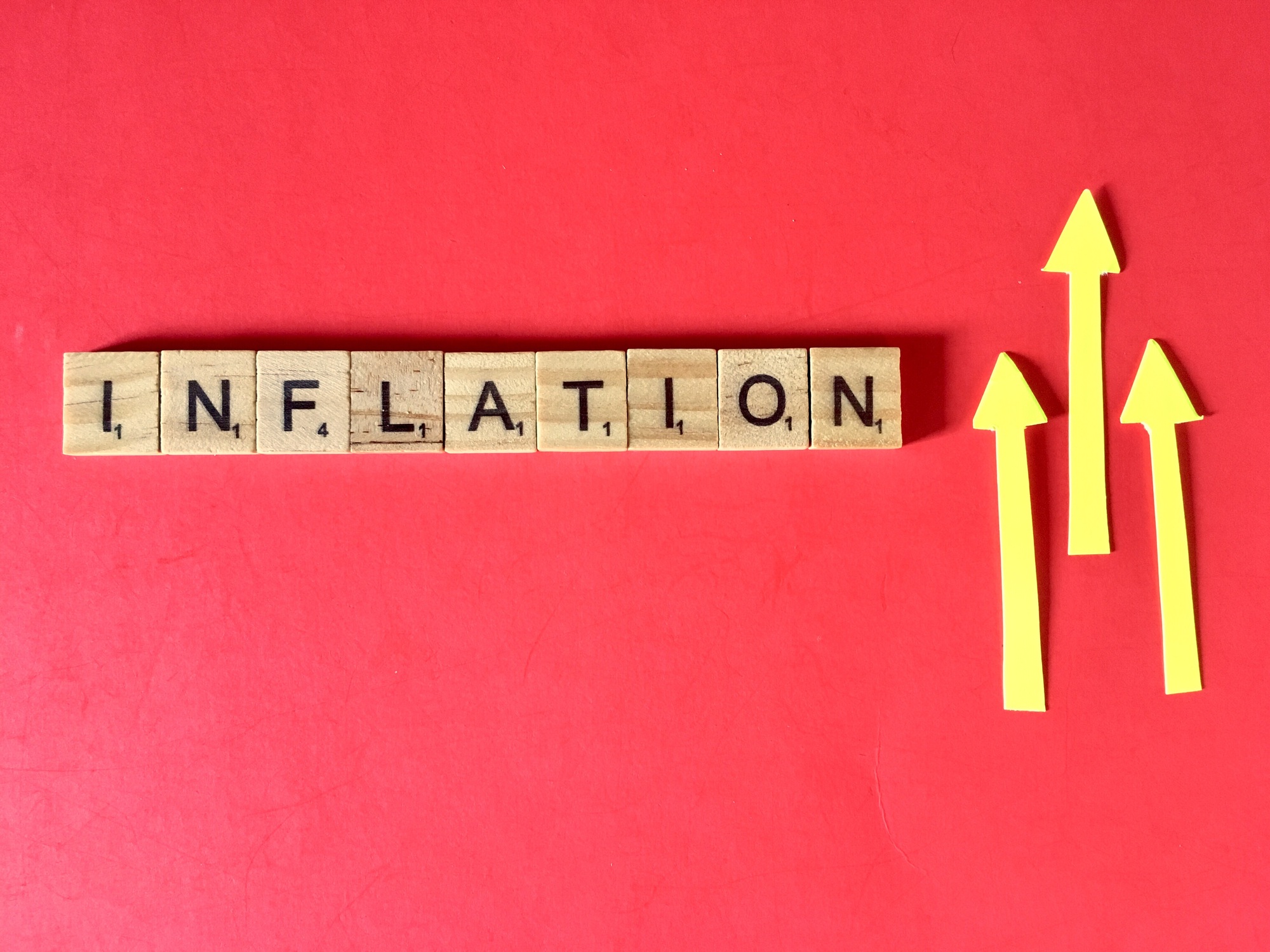In recent developments, financial markets are showing signs of shifting sentiment concerning inflation and its implications for the economy. The latest reports indicate a notable easing of inflation pressures, with consumer prices rising at a slower rate than previously anticipated. However, while this news brings a sigh of relief to many, it also carries a sense of uncertainty that investors cannot ignore.
Understanding Inflation Trends
The decline in inflation is primarily attributed to a drop in energy costs and stabilizing supply chains. In a recent report released by the Bureau of Labor Statistics, it was revealed that the Consumer Price Index (CPI) has shown a year-on-year increase of only 3.2%, a significant decrease from earlier highs that hovered around 9%. This development is seen as a positive indicator for the economy, signaling that the Federal Reserve’s aggressive rate hikes earlier this year might be having their desired effect.
With inflation stabilizing, many economic analysts are now considering the implications for monetary policy. Will the Federal Reserve take a more cautious approach moving forward? The landscape is shifting, and with it, investor strategies are evolving.
Investor Sentiment in the Face of Uncertainty
Despite the positive news regarding inflation, investor sentiment remains mixed. The stock market’s recent volatility reflects underlying apprehensions about various external factors that could disrupt this newfound stability. From geopolitical tensions to ongoing supply chain issues, the risk of economic slowdown looms large, and many investors are recalibrating their expectations.
Equity markets have oscillated in response to these mixed signals. Some investors are optimistic that easing inflation can lead to a more stable economic environment, while others are cautious, fearing that the Federal Reserve might act too quickly in further adjusting interest rates, which could stifle the recovery. The uncertainty surrounding fiscal policy is pushing many investors to adopt a wait-and-see approach, contributing to fluctuations in stock performance.
Who Stands to Benefit from Eased Inflation?
Certain sectors are likely to benefit significantly from these easing inflationary pressures. For instance, consumer discretionary stocks may see a resurgence as improved purchasing power allows consumers to spend more freely. Companies in industries such as retail, travel, and hospitality are anticipated to experience boosts in consumer spending that may reinforce their recovery trajectories.
Conversely, sectors such as energy may experience headwinds. With decreasing oil prices, energy company profits may take a hit, as elevated costs were previously passed on to consumers. This transitional phase highlights the importance of diversification in investment portfolios—a tactic that could safeguard against sector-specific downturns.
Developer Reactions and Market Adaptations
Market analysts and financial institutions are closely monitoring these developments, with many adjusting their forecasts to accommodate the changing tide of inflation. Some investment banks have already begun advocating for a shift in strategy, urging clients to consider a balance between growth and value stocks in the current environment. These recommendations stem not only from the inflation trends but also from predictions suggesting a potential slowdown in economic growth.
Moreover, some investors are exploring alternatives such as commodities and real assets, which traditionally act as hedges against inflation. This shift in strategy reflects a keen awareness of historical patterns and market behavior during inflationary periods, showing that adept investors are always thinking several steps ahead.
Potential Caveats and Future Considerations
While the decline in inflation is encouraging, it is crucial for investors to exercise caution. The specter of economic turmoil remains, particularly as central banks navigate the line between curbing inflation and fostering growth. Moreover, the recent uptick in consumer spending may not be sustainable if economic fundamentals do not support ongoing growth.
As we look to the future, attention must also be paid to potential ripples caused by global events. Factors such as trade tensions, pandemic-related disruptions, and rising geopolitical risks could all have ramifications on markets. Investors would do well to remain informed and flexible, adapting their strategies as circumstances evolve.
In conclusion, while the easing of inflation presents a more favorable economic landscape, uncertainty still prevails. Investors are tasked with navigating a complex environment characterized by mixed signals and shifting fundamentals. The key to weathering this environment is maintaining a diversified portfolio while keeping a keen eye on trends that could influence market stability in the coming months.








